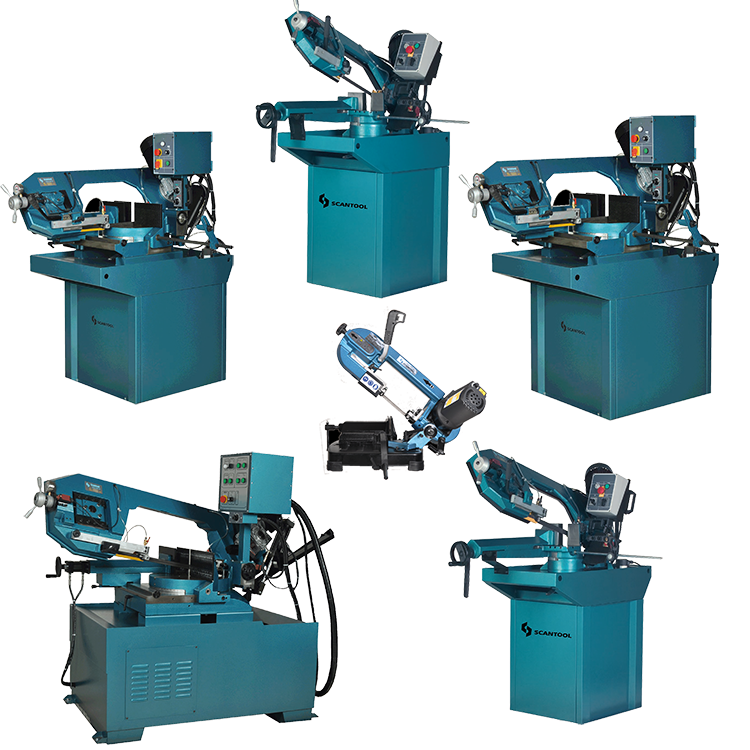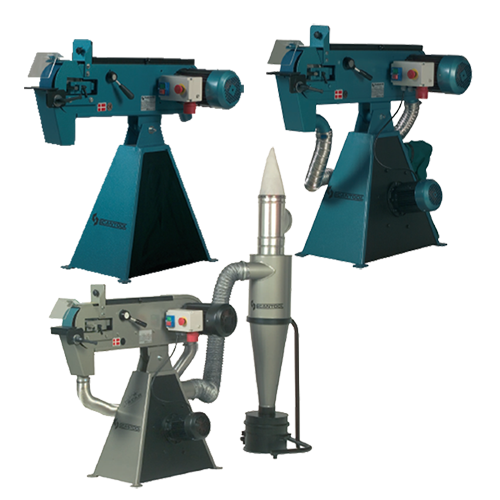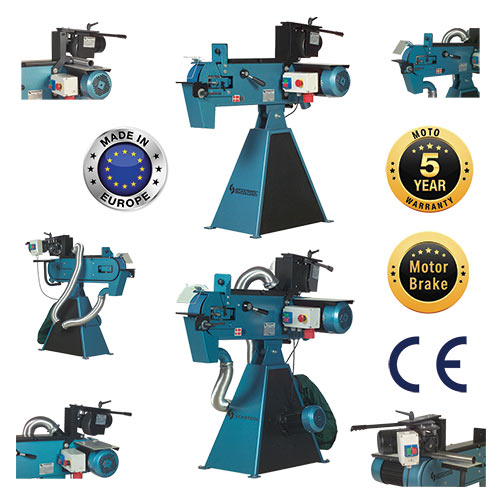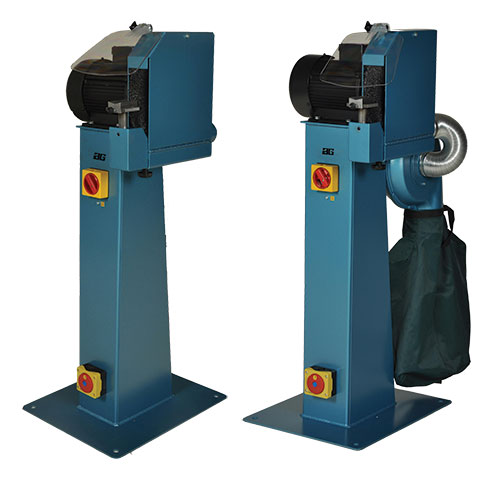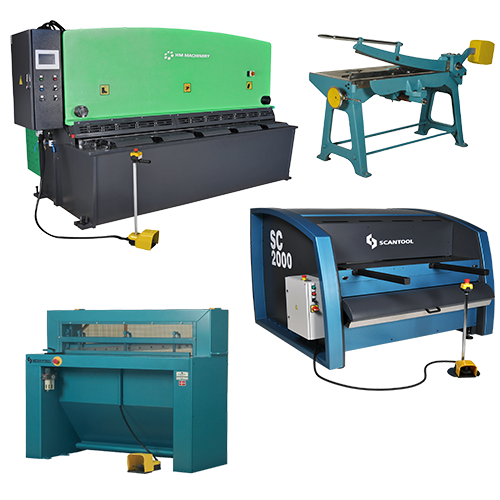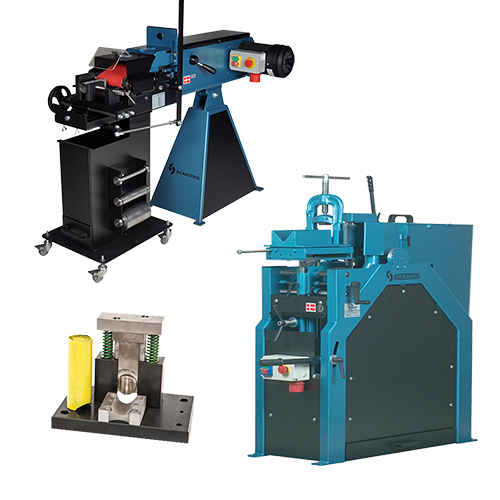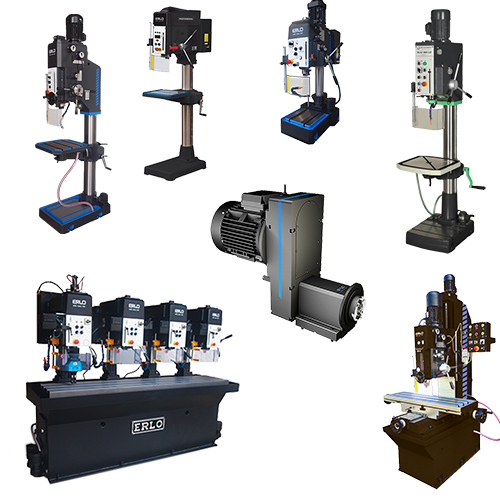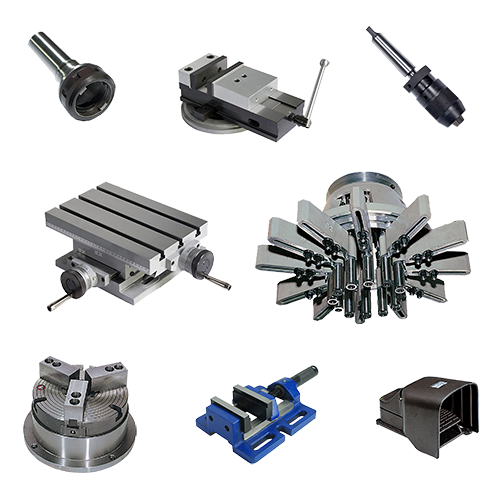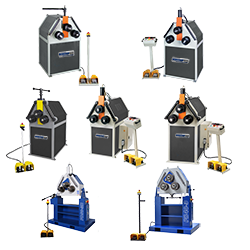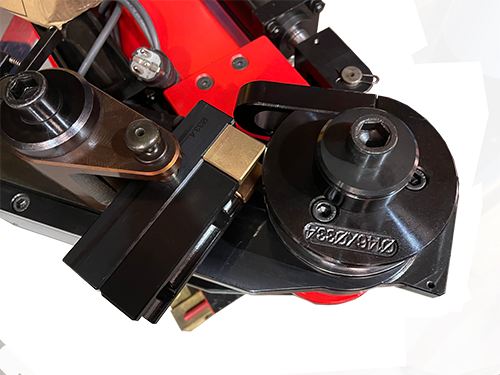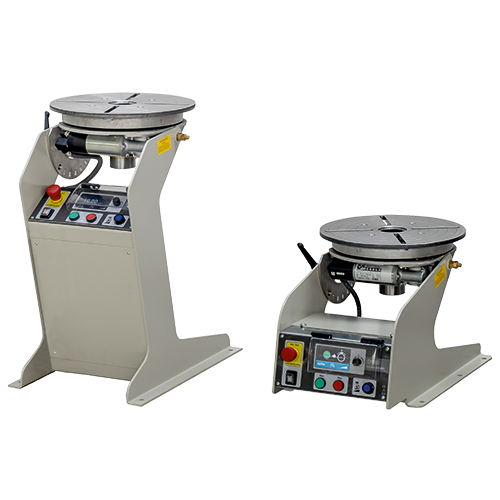Workshop Press are specialist hydraulic C-frame press providers. Selecting the right tonnage for your hydraulic C-frame press is crucial for achieving the best results in metalworking and other applications. Tonnage refers to the pressing force applied by the machine, and choosing the correct capacity ensures that your press performs effectively without overloading or underutilising its capabilities. This guide will help you understand tonnage requirements, assess your specific workshop needs, and make an informed decision when selecting a C-frame press for your projects.
Why Tonnage Matters in a Hydraulic Press
Tonnage is a critical factor in determining a hydraulic press’s ability to perform a given task. It refers to the amount of force the press can exert, measured in tons. Choosing the right tonnage affects both the quality of your work and the longevity of your machine. A press with too little force may struggle to shape or punch through tougher materials, while a press with too much tonnage could lead to unnecessary strain on your equipment and materials.
Having the right tonnage ensures your C-frame press works efficiently, providing consistent results while preserving the machine’s lifespan.
1. Material Type
Different materials require different pressing forces due to their unique properties.
- Soft Metals (e.g., aluminium): Require lower tonnage to achieve clean cuts or forms without damaging the material.
- Harder Metals (e.g., steel, stainless steel): Demand higher tonnage due to their density and strength, which requires more force to manipulate effectively.
Knowing the type of material you primarily work with is the first step in determining the tonnage capacity you need.
2. Material Thickness
The thickness of the material significantly impacts the tonnage requirements. Thicker materials require more force to penetrate or shape, so it’s important to assess the range of material thicknesses you’ll encounter in your projects.
- Thin Sheets: For thin sheets of metal, lower tonnage is often sufficient to achieve precise cuts and forms.
- Thick Sheets: For thicker or multi-layered materials, higher tonnage ensures that the press can complete tasks without straining the machine.
Assessing the material thickness will help guide your choice of tonnage, as thicker materials naturally require more force.
3. Type of Application
Hydraulic C-frame presses are used for various applications, including punching, bending, and forming. Each of these applications may have different tonnage requirements based on the nature of the work.
- Punching and Stamping: These tasks typically require higher tonnage, especially with thicker or harder materials.
- Bending and Forming: These processes may require moderate tonnage, depending on the material type and the depth of the bend.
Identifying the types of applications you’ll be performing can help you match the tonnage of your press to your specific needs.
Calculating the Right Tonnage for Your C-Frame Press
While choosing tonnage depends on multiple factors, you can estimate the tonnage requirements for your tasks by using a simple calculation formula. This calculation considers the material type, thickness, and length of the cut or bend.
Tonnage Calculation Formula
For example, in metalworking, the following formula can provide a rough estimate of tonnage requirements for sheet metal:
Tonnage=Material Thickness×Length of Cut×Material Factor\text{Tonnage} = \text{Material Thickness} \times \text{Length of Cut} \times \text{Material Factor}Tonnage=Material Thickness×Length of Cut×Material Factor
- Material Thickness: Measured in inches or millimetres.
- Length of Cut: Measured in inches or millimetres.
- Material Factor: Each material has a specific factor based on its hardness (e.g., 1.5 for mild steel, 2.0 for stainless steel).
Applying this formula can provide a general guideline to ensure your hydraulic press has the necessary tonnage to handle your specific projects.
Common Tonnage Ranges for C-Frame Presses
Hydraulic C-frame presses are available in a variety of tonnage capacities to accommodate different tasks.
Here’s a look at common tonnage ranges and their typical applications:
- 10-30 Tons: Suitable for light-duty applications such as small punching, stamping, or light bending of thin sheets.
- 30-50 Tons: Ideal for medium-duty tasks, such as punching or bending slightly thicker materials like mild steel.
- 50-100 Tons: Designed for heavier applications, such as forming or punching harder metals, including stainless steel and other tough materials.
Selecting the appropriate tonnage range based on your project requirements ensures optimal performance without overloading or underutilising the machine.
Advantages of Choosing the Correct Tonnage
Selecting the right tonnage capacity offers several benefits, including improved performance, enhanced safety, and better machine longevity.
1. Improved Performance and Precision
Using the correct tonnage enables the press to perform tasks accurately and consistently. A press with insufficient tonnage may produce uneven cuts or bends, while excessive tonnage can distort the material.
2. Enhanced Safety
Matching tonnage to the task at hand reduces the risk of equipment failure, which can occur if the press is overexerted. This careful selection process ensures a safer working environment for operators.
3. Extended Machine Life
Choosing the right tonnage prevents unnecessary wear on the hydraulic press, helping to extend its operational life. A well-matched press will require less maintenance and perform reliably over time.
Investing time in selecting the correct tonnage contributes to long-term savings by reducing repair costs and minimising downtime.
FAQs
How can I determine the right tonnage for my projects?
To determine tonnage, assess your material type, thickness, and the applications you perform. You can also use the tonnage calculation formula to get an estimate.
Is it better to choose higher tonnage than required?
While a slightly higher tonnage can provide flexibility, significantly exceeding the needed capacity can increase wear on your press and may be an unnecessary investment.
What happens if I choose a press with too low a tonnage?
A press with insufficient tonnage will struggle to perform tasks effectively, potentially leading to inaccurate results, strain on the machine, and reduced lifespan.
Are there specific tonnage ranges for different metal types?
Yes, softer metals like aluminium require lower tonnage than harder metals like stainless steel. Material thickness and application type also influence tonnage needs.
Can one hydraulic C-frame press accommodate different tonnages?
Some hydraulic presses allow for adjustable tonnage settings, but it’s essential to choose a model with the capacity to handle your heaviest tasks comfortably.
Conclusion: Selecting the Right Tonnage for Optimal Performance
Choosing the correct tonnage for your hydraulic C-frame press is essential for ensuring that your machine meets the demands of your workshop. By considering factors such as material type, thickness, and application type, you can make a well-informed choice that supports accurate, efficient, and safe operation.
Investing in the right tonnage prevents overloading, reduces maintenance needs, and extends your machine’s lifespan, making it a wise decision for any workshop. For more information on selecting a hydraulic press with the perfect tonnage capacity, visit our Hydraulic C-Frame Presses page to explore models designed to meet various operational needs.
Contact Workshop Press for all of your enquiries, our team is happy to help.


